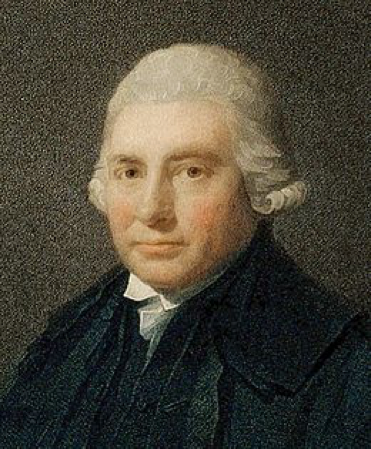Regency Personalities Series
In my attempts to provide us with the details of the Regency, today I continue with one of the many period notables.
Royal Society of Edinburgh
1783-

Royal Society of Edinburgh
Royal Society of Edinburgh is Scotland’s national academy of science and letters. It is a registered charity, operating on a wholly independent and non-party-political basis and providing public benefit throughout Scotland. Established in 1783, it has since then drawn upon the strengths and expertise of its Fellows..
The Society covers a broader selection of fields than the Royal Society of London including literature and history. Unlike similar organisations in the rest of the UK, the Fellowship includes people from a wide range of disciplines – science & technology, arts, humanities, medicine, social science, business and public service. This breadth of expertise makes the Society unique in the UK.
At the start of the 18th century, Edinburgh’s intellectual climate fostered many clubs and societies (see Scottish Enlightenment). Though there were several that treated the arts, sciences and medicine, the most prestigious was the Society for the Improvement of Medical Knowledge, commonly referred to as the Medical Society of Edinburgh, co-founded by the mathematician Colin Maclaurin in 1731.
Maclaurin was unhappy with the specialist nature of the Medical Society, and in 1737 a new, broader society, the Edinburgh Society for Improving Arts and Sciences and particularly Natural Knowledge was split from the specialist medical organisation, which then went on to become the Royal Medical Society.
The cumbersome name was changed the following year to the Edinburgh Philosophical Society. Other Founders included William Robertson and the Alexander Monro’s Primus and Secundus. With the help of University of Edinburgh professors like Joseph Black, William Cullen and John Walker, this society transformed itself into the Royal Society of Edinburgh in 1783 and in 1788 it issued the first volume of its new journal Transactions of the Royal Society of Edinburgh.
As the end of the century drew near, the younger members such as Sir James Hall embraced Lavoisier’s new nomenclature and the members split over the practical and theoretical objectives of the society. This resulted in the founding of the Wernerian Society (1808–58), a parallel organisation that focused more upon natural history and scientific research that could be used to improve Scotland’s weak agricultural and industrial base. Under the leadership of Prof. Robert Jameson, the Wernerians first founded Memoirs of the Wernerian Natural History Society (1808–21) and then the Edinburgh Philosophical Journal (1822), thereby diverting the output of the Royal Society’s Transactions. Thus, for the first four decades of the 19th century, the RSE’s members published brilliant articles in two different journals.
The Royal Society has been housed in a succession of locations:
- 1783–1807 – College Library, University of Edinburgh
- 1807–1810 – Physicians’ Hall, George Street; the home of the Royal College of Physicians of Edinburgh
- 1810–1826 – 40–42 George Street; shared with the Society of Antiquaries of Scotland from 1813
- 1826–1908 – the Royal Institution (now called the Royal Scottish Academy Building) on the Mound; shared, at first, with the Board of Manufactures (the owners), the Institution for the Encouragement of the Fine Arts in Scotland and the Society of Antiquaries of Scotland
Presidents
- The Duke of Buccleuch (1783–1812)
- Sir James Hall (1812–1820)
- Sir Walter Scott (1820–1832)
- Sir Thomas Makdougall Brisbane (1832–1860)
The Keith Medal is a prize awarded by the Royal Society of Edinburgh, Scotland’s national academy, for a scientific paper published in the society’s scientific journals, preference being given to a paper containing a discovery, either in mathematics or earth sciences.
The Medal was inaugurated in 1827 as a result of a gift from Alexander Keith of Dunottar, the first Treasurer of the Society. It is awarded quadrennially, alternately for a paper published in: Proceedings A (Mathematics) or Transactions (Earth and Environmental Sciences).
- 1827: David Brewster
- 1831: Thomas Graham
- 1833: James David Forbes
- 1835: John Scott Russell
- 1837: John Shaw






























